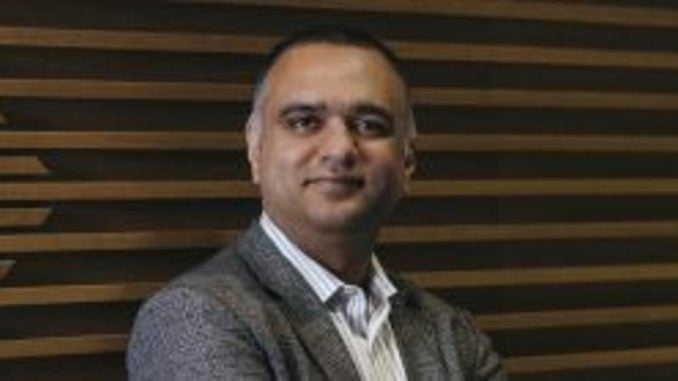
It is hard to grasp how significantly the technology landscape has changed in the past 30 years. One proxy is through the changes that have happened in the server space during that time horizon. As with so much of technology the changes have been to render things smaller, faster, and more ephemeral in nature. From the mainframe to client server, the move to Solaris and Windows 10 in the 1990s to Linux and VMware in the 2000s to Amazon Web Services (AWS) this decade, each phase has increased the trend to virtualization and variabilizing of costs.
Enter Nutanix. I recently caught up with Founder and CEO Dheeraj Pandey. He has bet his company on a new consumption model where companies do not own anything. “In the future, companies will rent fewer technologies rather than having a vast portfolio of on-premises technology,” says Pandey. He views Nutanix as the operating system for this new environment.
Pandey recently announced at the company’s user conference that the Nutanix Enterprise Cloud OS will be delivered as a full software stack with new multi-cloud capabilities in Nutanix Calm and a new cloud service called Nutanix Xi Cloud Services. This represents a new approach to hybrid cloud, empowering customers to use Nutanix Enterprise Cloud Software throughout their multi-cloud deployments including on-premises with platforms from IBM, Dell EMC, Lenovo, Cisco and HPE, in the cloud via AWS, Google Cloud Platform and Azure, or natively with Nutanix Xi Cloud Services.

Credit: Nutanix
Nutanix CEO Dheeraj Pandey
In the last eight years, as companies changed from on premises computing to pure software in many cases, Nutanix has risen to be a leader in this space. Pandey sees the iPhone as an analogy for broader change. “Just as the iPhone was the center of an ecosystem of apps, iCloud, iTunes, Nutanix strives to be the center of an ecosystem for the enterprise.” Just like the broader consumerization of IT that the iPhone embodies, Pandey points out that as people become more comfortable with services like Uber and Airbnb, taking the place of car or home ownership to some degree, enterprise buyers will continue this pattern in the enterprise space. Pandey notes, “The key will be to make applications extremely mobile. Portability is key. Technology needs to become more elastic, ephemeral, and rented to a greater degree.” That said, he acknowledges that renting can get to the point where it is too expensive.
As cloud computing is dispersed, Pandey believes that a software play is necessary. Given the amount of what he refers to as “edge-based computing,” the data center is a means to an end. Computing needs to be local. Computing needs to be closer to where business is done.
In the multi-cloud era, data and applications are dispersed not just across enterprise private and public clouds, but also distributed remote office/branch office (ROBO) and disaster recovery (DR) environments, as well as edge computing use cases. Today’s enterprises want to build these diverse deployment options into their end-to-end cloud designs, without disjointed IT operations or lock-in to any one virtualization or cloud stack. A single software OS brings a new approach to unifying these multiple clouds –across the full compute, storage and network stack – that dramatically simplifies operations with common IT tooling, enabling application mobility across clouds, while remaining open to any hardware, hypervisor, or cloud.
[Source”indianexpress”]
